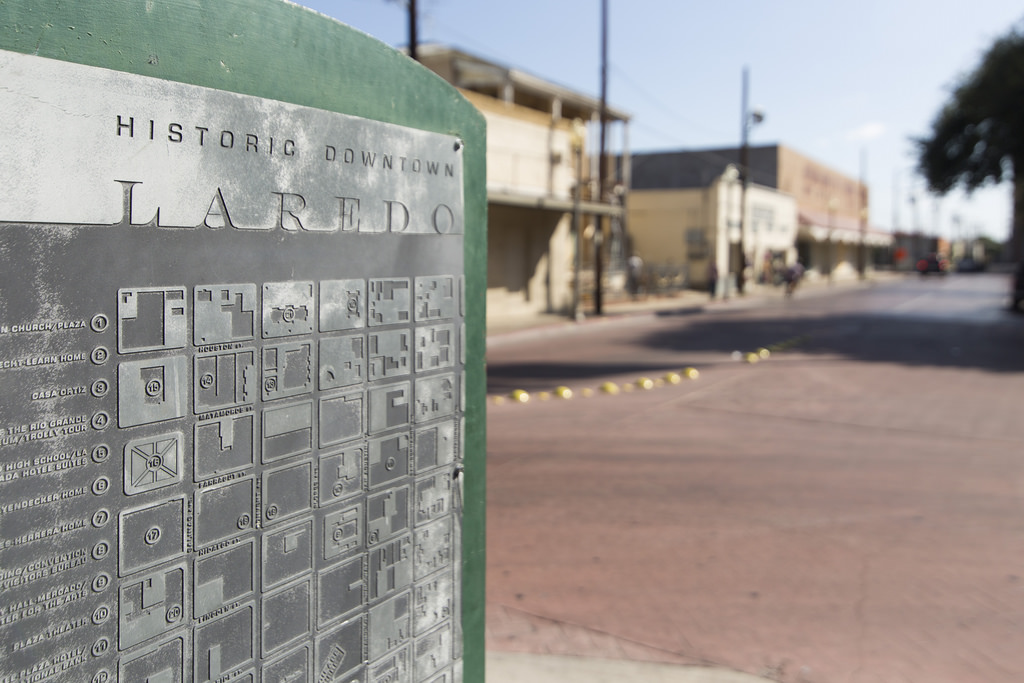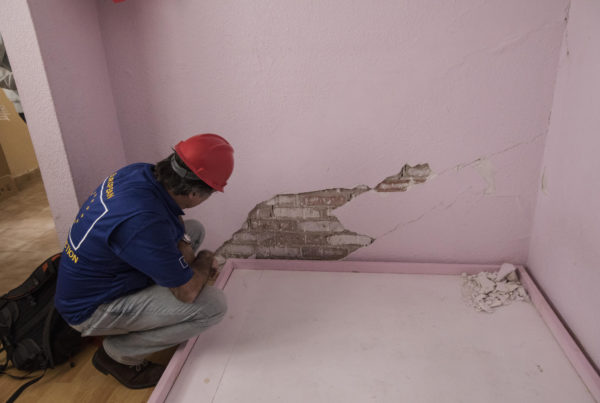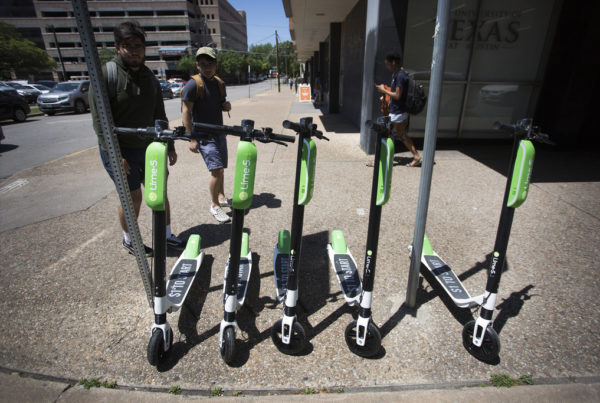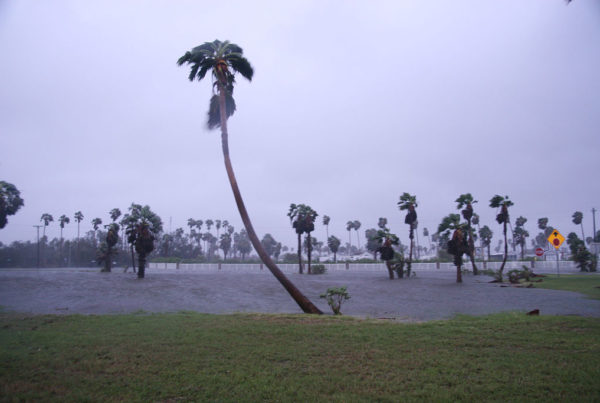An analysis on new census numbers by the Texas Tribune shows a Hispanic or black child in Texas is three times as likely to live in poverty as a white child. On the other hand, overall poverty in Texas continues to drop to historical lows.
Lloyd Potter is state demographer for Texas and director of the Institute for Demographic and Socioeconomic Research at the University of Texas at San Antonio, and says the drop in poverty comes from increases in median household income. But the problem is that it’s not spread equally across the state.
“There are parts of the state that are prosperous and other aprts of the state that are either not growing in terms of income or losing people to poverty,” Potter says.
The highest rates of poverty are in the lower Rio Grande Valley – counties like Webb and Hidalgo. He says those areas where high poverty rates are persistent.
“Among the highest in the country,” Potter says.
There are also other pockets around the state with high poverty rates. Potter says the census determines poverty mainly by income, and it’s starting to use other metrics, too. Potter says the poverty level for a family of four is an annual income of about $20,000 or less.
Potter says while it’s true that lower incomes and poverty are more common among minorities in Texas – and the U.S., for that matter – the census analysis shows, at least nationally, that Latinos saw big gains in household income.
“Their percent increase in household income was over four percent,” Potter says. “And that’s pretty dramatic compared to non-Hispanic white[s], which was somewhere around two percent.”
That’s good news, he says, but the caveat is that incomes for Latinos were substantially lower to start with.
Written by Caroline Covington.

















